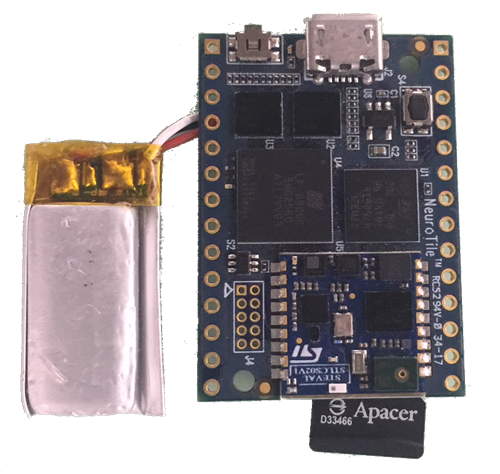
by Anne Menendez | Sep 9, 2020 | Product News |
NeuroTile is a complete IOT solution to monitor motion, temperature and audio signals, relying on a single or multiple NeuroMem neural networks for the learning, classification and anomaly detection, and using an STM32 microcontroller for the selective storage of data or its transmission over low-power BLE.
General Vision is expanding the NeuroTile library to support additional external sensors including a camera, thus turning it into the ideal platform for Neurotile is a comprehensive IOT platform for the condition monitoring of humans and machines, as well as smart instrumentation and prediction.
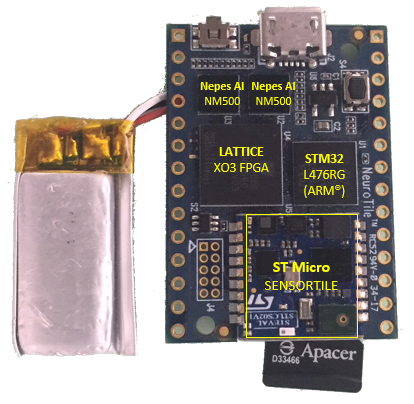
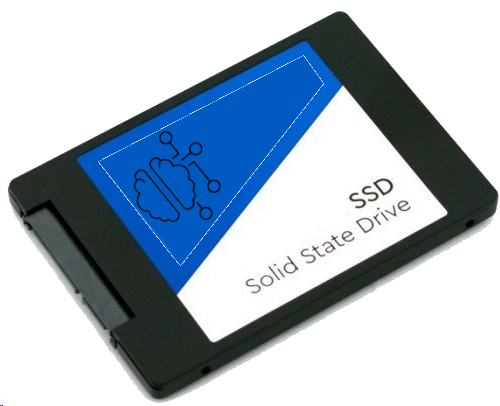
by Anne Menendez | Mar 12, 2020 | Corporate News |
General Vision is an advocate of in-storage analytics which will bring more security and lower power consumption by eliminating the need to transfer datasets back and forth between their location of storage and servers doing cloud analytics. We believe that NeuroMem chips are enablers for the integration of analytics inside solid state storage and are pleased to announce that our patent labeled “Cognitive Storage Device” is not published and pending issuance.
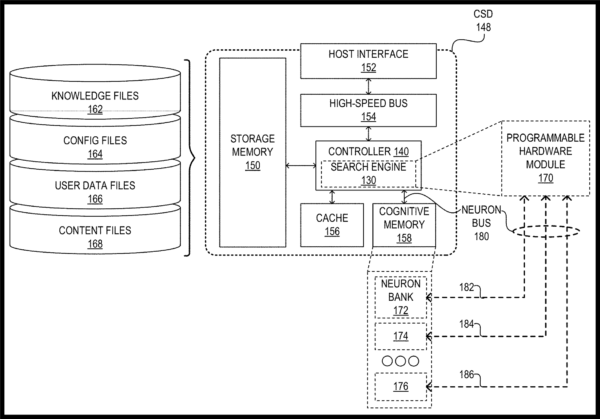
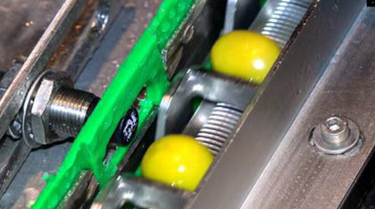
by Anne Menendez | Mar 3, 2020 | Customer success |
Once again the NeuroMem neurons help solve an industrial application with simplicity and accuracy. This time they are trained to recognize the acceptable aspect of olives and their proper alignment in a pocket to be pitted and stuffed, thus improving the quality of the goods and reducing waste. This collaborative study involves four major universities in Spain and is published in the Special Issue “IoT Technologies and the Agricultural Value Chain” of the Sensors journal.
Download the paper.
Note that the CM1K chip mentioned in the paper has reached its end of life, but its successor, the NM500, is composed of the same neurons and controlled with the library of registers. A firmware version of the neurons is also available for FPGA.
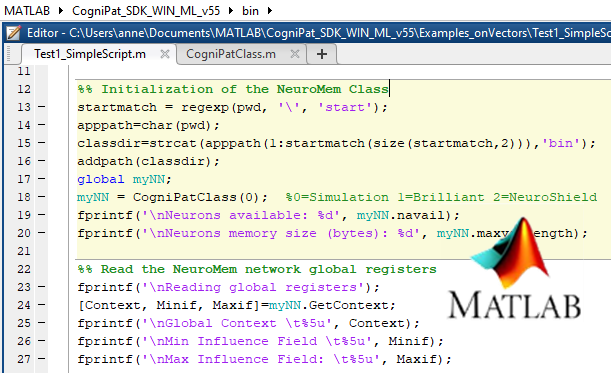
by Anne Menendez | Jul 24, 2019 | Product News |
Experience with a real-time trainable and powerful non-linear classifer under Matlab with a choice of two toolkit:
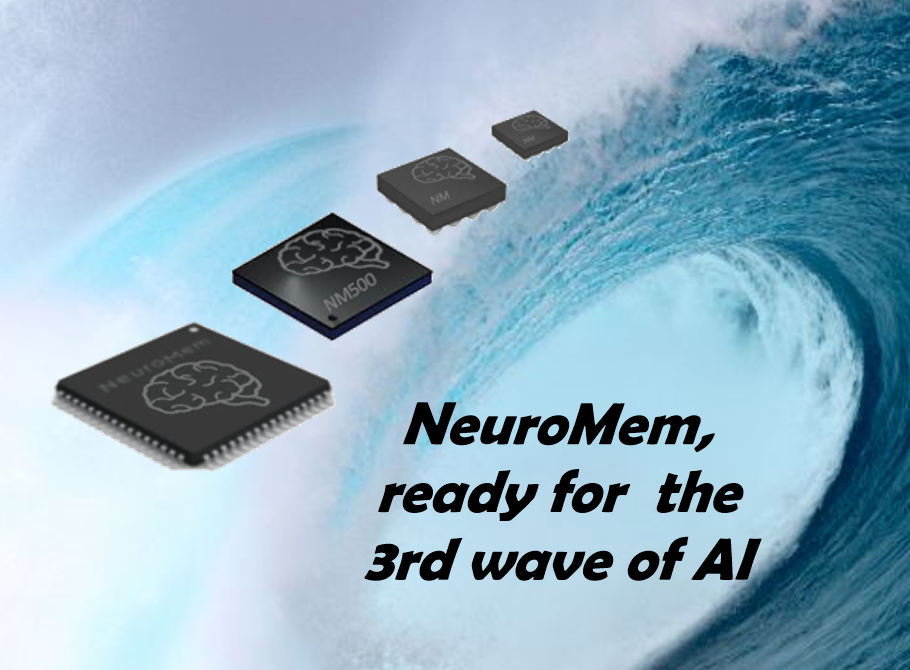
by Anne Menendez | May 15, 2019 | Corporate News |
In today’s landscape of Artificial Intelligence, Deep Learning and its numerous inference engines are monopolizing the front stage, but other technologies have essential benefits such as field training and real-time adaptivity, novelty detection, learning causality and traceability.
Among them, the NeuroMem NM500 chip is a digital neural network chip capable of intrinsic learning and recognition of patterns derived from multimedia such as images and sounds, but also instruments, text and other data types. Manufactured by nepes (Korea) under a license from General Vision, the NM500 features 576 neurons which can be trained on small datasets and cleverly tuned to deliver the best compromise between throughput and accuracy for a given application. For example, one may prefer to train a NeuroMem network acknowledging when it is uncertain or even ignorant rather than guessing or reporting a “closest” match which can still be quite far. This is made possible when the neurons are used as a Radial Basis Function classifier, and not as the commonly known K-Nearest Neighbor. It is this notion of ignorance and uncertainty which can trigger the intelligent decision to learn more or to have the wise recourse to another opinion. By combining multiple NeuroMem networks (or experts) trained differently on the same subject, accurate decisions can be made taking advantage of their complementarity or their domains of mutual exclusivity.
To experiment with NeuroMem networks, General Vision’s NeuroMem Knowledge Builder is a simple framework to train and test the neurons on your datasets while producing rich diagnostics. The company also offers simple APIs and tools for generic pattern recognition as well as image recognition. They all integrate a cycle accurate simulation of 8000 neurons and can also interface to a hardware NeuroMem network such as the Brilliant USB dongle (2304 neurons), the Arduino-compatible NeuroShield board (576 neurons) with expandable network capacity, and soon a cognitive SSD with high speed throughput and high network capacity. In addition to the NM500 chip, NeuroMem is available as an IP core for FPGAs from Xilinx, Altera and Lattice and also for licensing.







